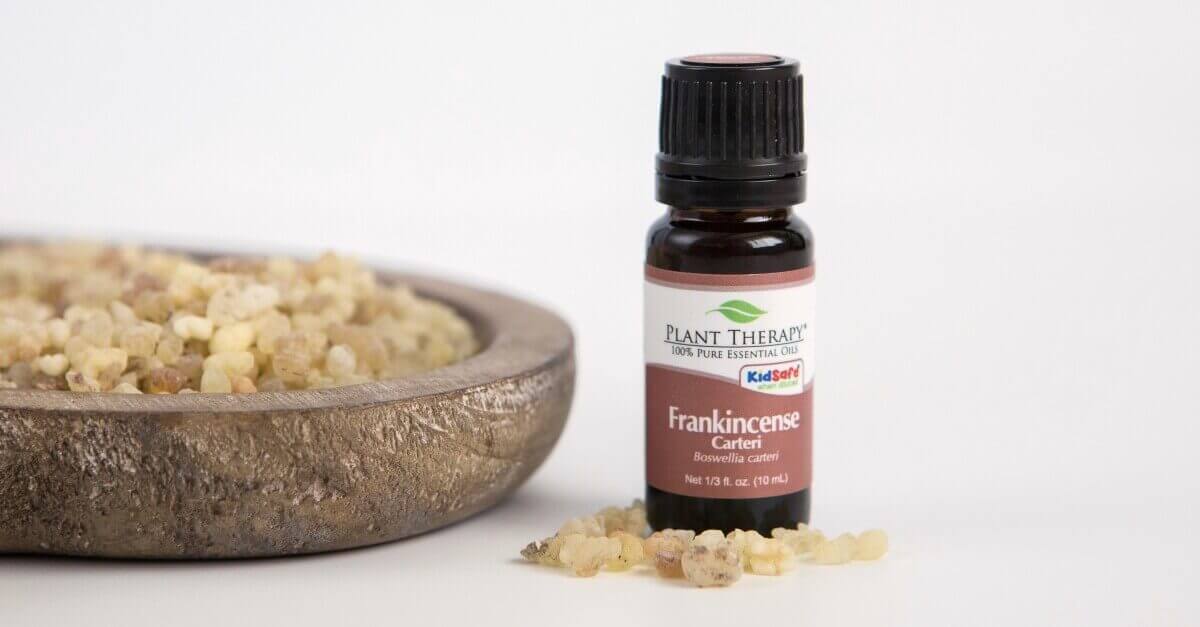Because today’s world is so stressful, and mindfulness and meditation are so very good for you, we came up with some tips on how to find a peaceful state of mind amidst all the crazy. It all starts with your breathing. And it’s not about sucking air and puffing out your chest. Proper, “essential breathing” is slow, deep, and steady. It brings the air deep into your lungs so that your belly expands more than your chest. This kind of deep breathing has a number of mental and physical benefits.
Why Essential Breathing?
Deep breathing, also known as diaphragmatic breathing, and belly breathing, is what you need to fill your lungs completely. If you watch a baby or a small child breathing, you’ll see that their little tummies stick out when they inhale. A lot of us lose that natural deep breathing ability as we age, deal with stress, and become concerned with our body image. But the belly breathing method encourages complete oxygen exchange (swapping out carbon dioxide for oxygen). It can slow your heart rate, your breathing rate, and lower your blood pressure so that your body is more energy-efficient. Unsurprisingly, all of that can help reduce stress, making it easier to meditate and relax. Most importantly, it feels good!

How to Breath Intentionally
Even for marathon runners and deep-sea divers, breathing properly can feel unnatural. It takes extra effort to ditch our shallow breathing habit, be present (mindful), and breathe more deliberately. Furthermore, when you’re practicing intentional breathing, your belly sticks out. That’s the opposite of what most people find attractive, and so we keep our stomach muscles tight all day and take shallow breaths into our chests. To make matters worse, it’s harder to practice deep breathing when we need it the most. Stress, depression, a busy mind, or just a lack of practice with proper breathing all make it harder to just “be” and breathe. Ironically, the conditions that make intentional breathing so difficult are also the issues it can help alleviate.
To practice diaphragmatic breathing, you might need to make a conscious effort to breathe into your belly. To start, you can place one hand on your chest, and the other on your stomach to monitor each breath. Inhale through your nose and focus on making your belly expand more than your chest. For beginners, it’s easiest to start seated or lying down. Pull the air gently into your abdomen, taking deep, even breaths. With practice and time, intentional breathing will become easier.
Breathing Deep for Meditation
We’ve talked about meditation before and we’ll probably do it again because it’s a topic that bears repeating. But meditation without proper breathing is like trying to sleep without closing your eyes. Modern research has revealed a vast array of mental health benefits related to meditation like reduced stress, worry, and depression. Furthermore, meditation improves memory and the ability to accomplish cognitively demanding tasks. It can even help with blood pressure and metabolism while increasing melatonin levels and more. However, even with proper breathing, and the knowledge of “how” to meditate, many still struggle to quiet the mind. Thankfully, there are many options available from calming music to yoga to guided meditations that can help you on your path to mindfulness.
It would take pages and pages to recite all of the benefits of meditation. Suffice it to say, “Meditation good.” Need more convincing? Evidence of meditative practices is still on display in wall paintings from seven thousand years ago. So really, this is all old information painted in a new, data-driven light.
Essential Breathing and Essential Oils
It’s well known that many essential oils can help bring about a calm, relaxed state of mind. And they’re frequently used to support healthy respiration. Sometimes an extra mind-clearing, easy-breathing boost is all we need to meditate successfully. For that, we’ve created blends like Relax, Meditation, and Respir Aid. And you can always experiment with your essential oil collection to find what works best for you. Or try out the diffuser blend and the Essential Breathing Guide below.
Other great essential oils for meditation include Bergamot, Blue Cypress, Ho Wood, Neroli, Palo Santo, Sandalwood Indian, and Vetiver.
Breathing Light Diffuser Blend
What You’ll Need
- 2 drops Australian Sandalwood
- 1 drop Frankincense Carteri
- 1 drop Bergamot
- 1 drop Coriander Seed
Add all these products to your cart
What You’ll Do
Add the essential oils to your diffuser. Use during your breathing exercise to quiet the mind and instill a sense of tranquility.
Essential Breathing Guide
You can use this handy guide to help you kick off your essential breathing practice. Remember, as long as you’re breathing deeply into your belly, there’s no right or wrong way to get to a calm, relaxed state of mind. One size does not fit all, so find what works for you!
Mindful.org also has great resources for beginners and experienced meditation gurus alike.













